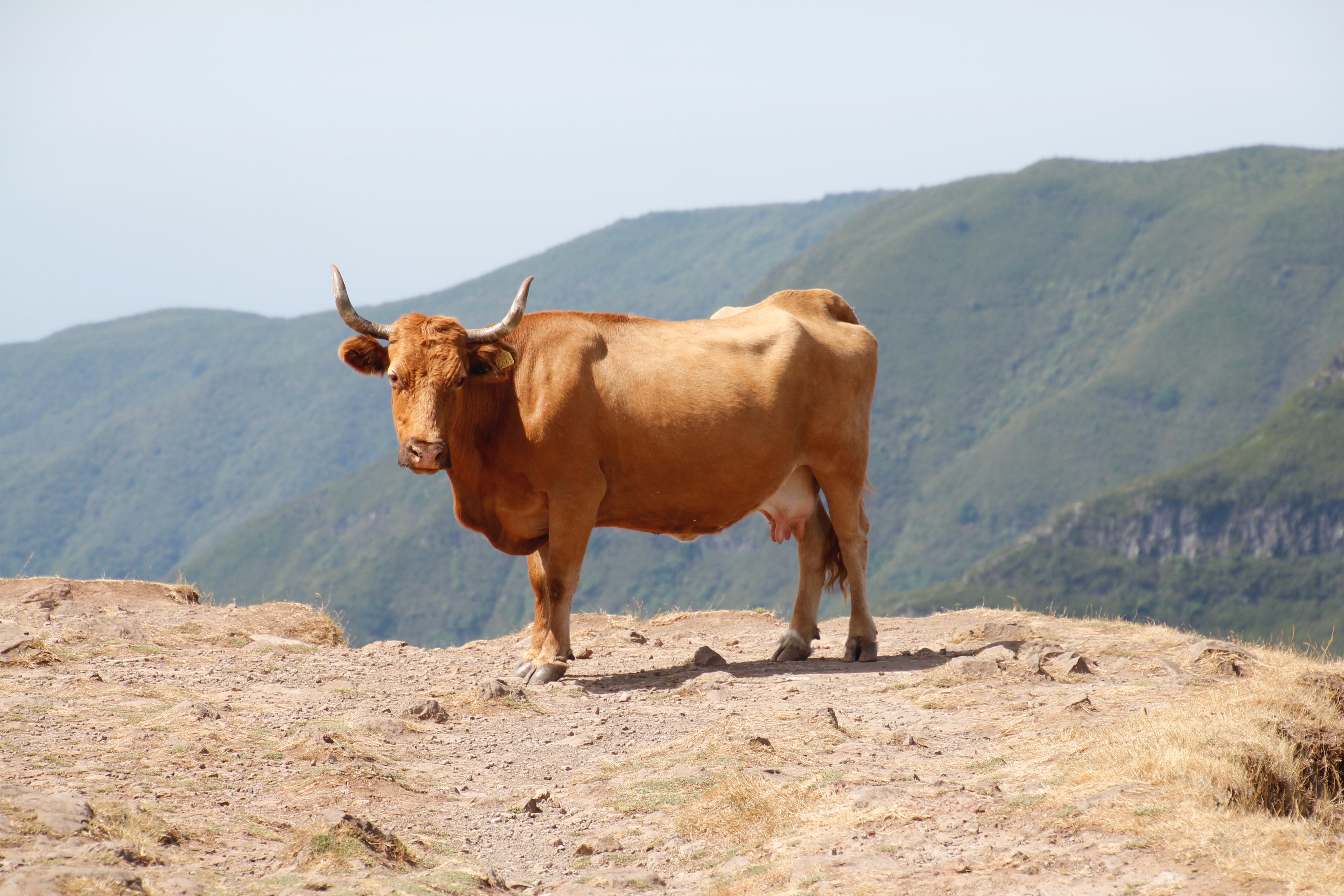
Image classification using Computer Vision is a powerful tool that can be used to identify half and fully-filled bottles. This technology uses machine learning algorithms to analyze digital images and classify them into different categories based on their visual characteristics.







